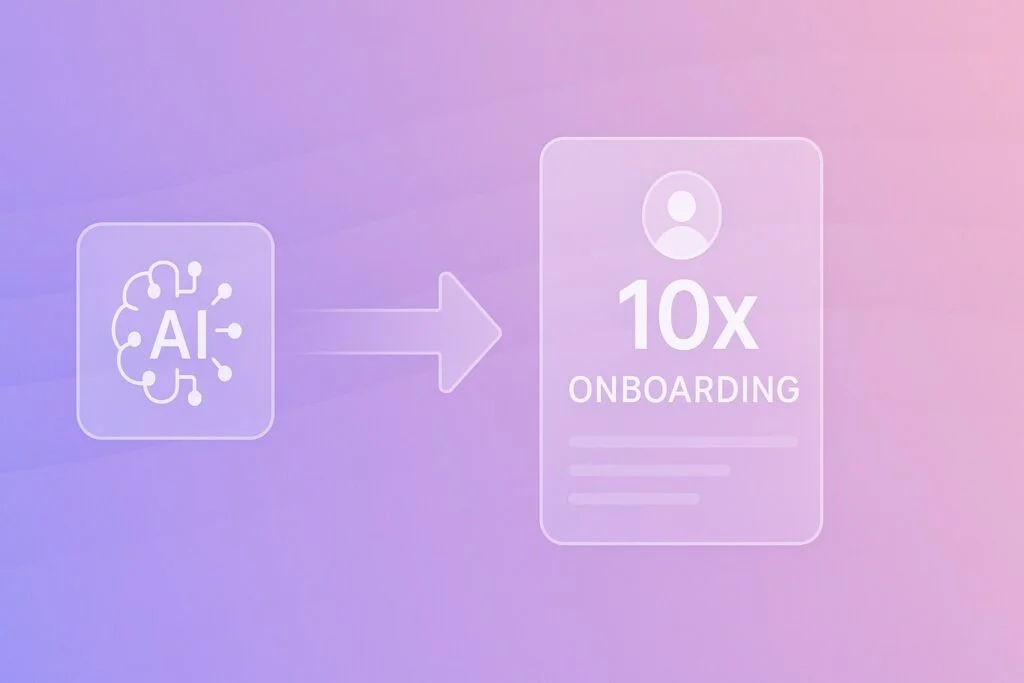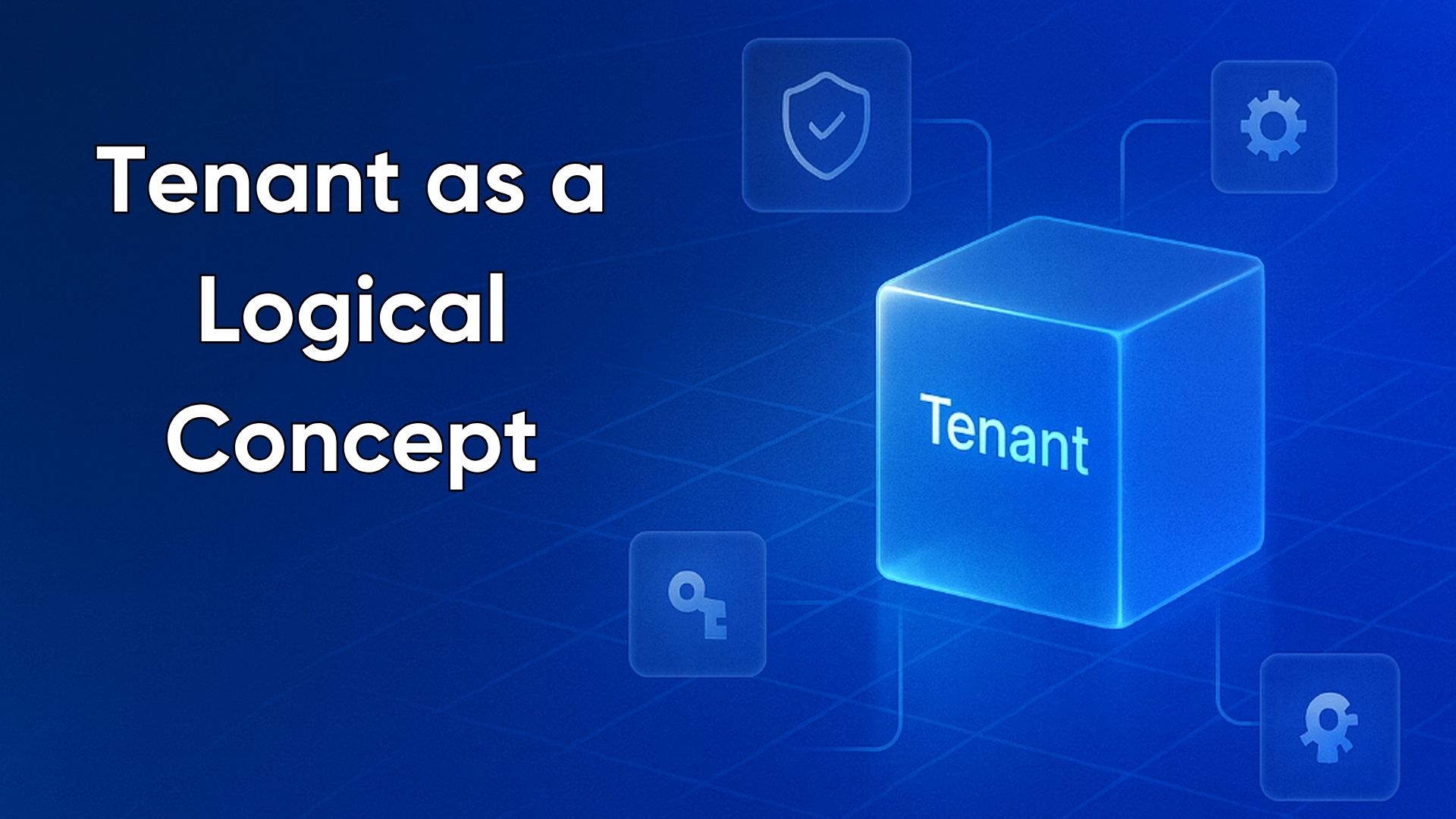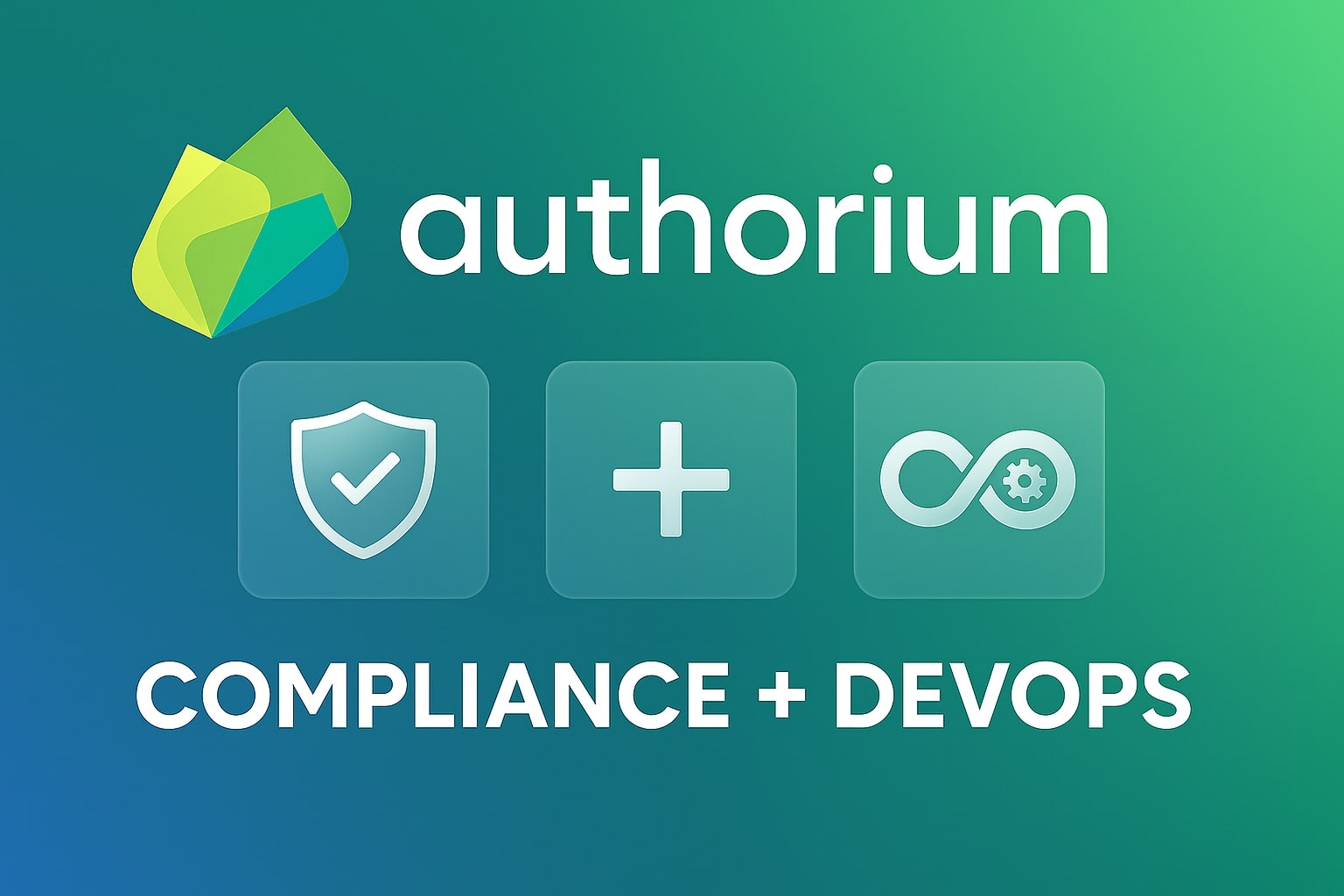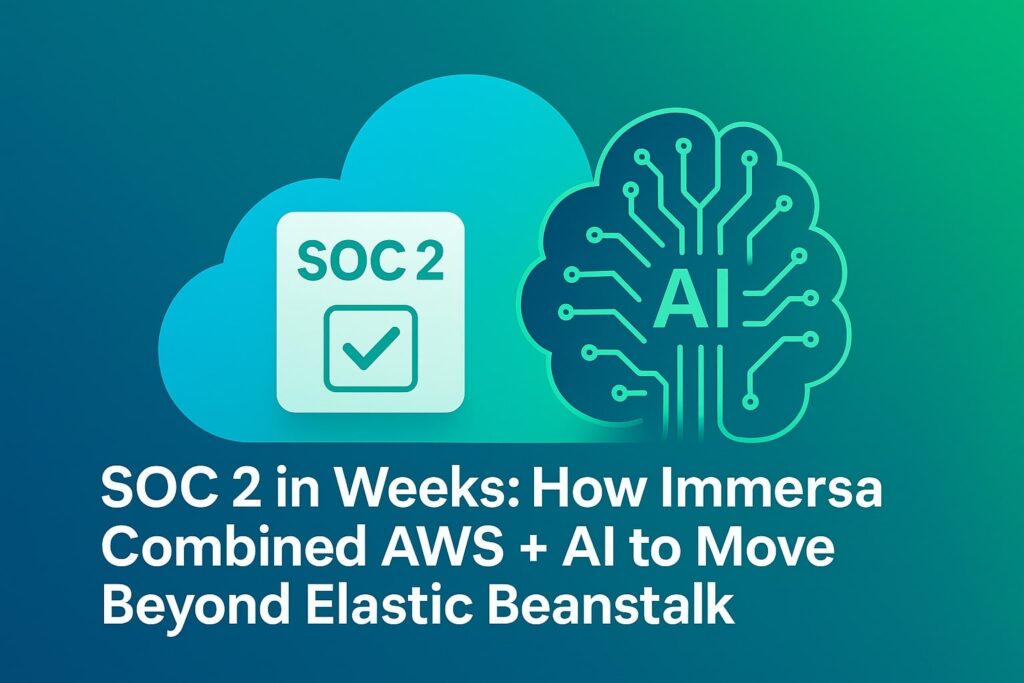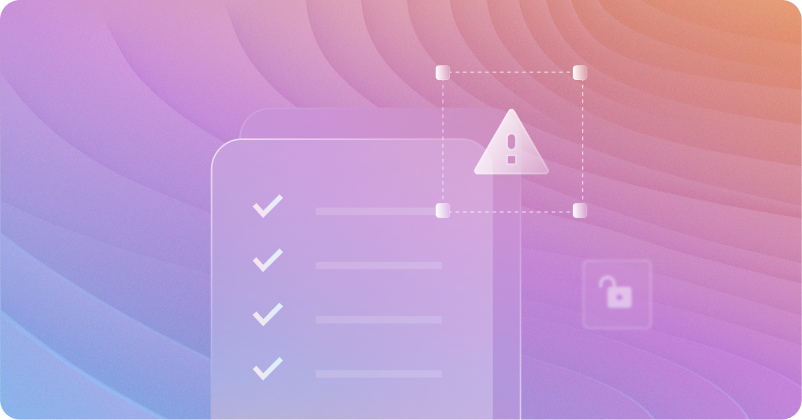Picture it: your lead DevOps engineer leaves in the middle of your project. You’re in dread. They’ve taken months of undocumented configuration knowledge, and your new website project is in the cold.
Now your team has to scramble to rebuild workflows from Slack threads and outdated docs.
Sadly, this isn’t a rare occurrence.
DevOps inefficiencies and poor developer experience are costing enterprises millions.
DevOps runs on more than tools and pipelines. It runs on knowledge.
- The troubleshooting scripts Andy keeps in his personal repo.
- The deployment workarounds are buried in Slack channels.
- The compliance configurations that only Sarah understands.
When these engineers leave, their content and information walk out the door with them.
The impact hits immediately: slower onboarding, extended outages, and risky audit preparations.
In this article, we’ll talk about DevOps know management and how to turn tribal knowledge into institutional insight that allows you to 10x your entire onboarding process.
Key Takeaways
- Tribal knowledge leakage is a hidden DevOps tax. It silently drains productivity, disrupts audits, and erodes delivery velocity.
- AI-driven knowledge capture converts experience into systems. So you can preserve the “why” behind every infrastructure decision.
- DuploCloud helps teams scale knowledge and compliance automatically. With our strategy, you can turn tribal expertise into institutional memory.
The Knowledge Drain Problem
Our recent study of 135 DevOps engineers revealed the scope of this challenge:
- Engineers spend 12+ hours weekly on repetitive knowledge-intensive tasks. This includes audit preparation, pipeline debugging, and configuration drift remediation.
- 60% of engineering teams report that compliance requirements slow delivery. And it’s not because they lack tools, but because they lack institutional knowledge continuity.
- The DevOps Institute estimates that new DevOps engineers need 6 to 9 months before operating independently.
These statistics represent more than inefficiency. Indeed, they reveal a fundamental knowledge transfer problem. This creates expensive bottlenecks across engineering organizations.
What’s the real-world impact? A fintech startup we worked with here in the United States lost its lead engineer just before a critical SOC 2 audit. The remaining team spent two weeks reconstructing workflows from scattered Slack conversations and personal notes. The audit delay frustrated investors and nearly derailed their Series A funding round.
See how DuploCloud helps companies and teams prevent these disruptions: DevOps-as-a-Service
Why Current Knowledge Management Falls Short
Of course, engineering teams recognize this problem. Here are just a few of the solutions they’ve attempted after extensive research:
Documentation platforms like Confluence and Notion capture procedures, but they suffer from maintenance overhead. Teams create comprehensive runbooks during crisis periods. Then they abandon updates as priorities shift. Within months, your documentation becomes outdated and untrustworthy.
Infrastructure as Code tools like Terraform and Pulumi preserve configuration states effectively. However, they rarely capture the reasoning behind architectural decisions. New engineers can see what configurations exist, sure. But they struggle to understand why specific choices were made or what constraints influenced those decisions.
Observability platforms like Datadog and Splunk excel at recording system events and metrics. They provide excellent visibility into what happened during incidents. But they rarely connect events to human decision-making processes or preserve troubleshooting approaches that worked in similar situations.
Each solution addresses part of the knowledge problem. None creates comprehensive institutional memory that preserves both the "what" and the "why" of DevOps decisions.
Example challenge: A healthcare SaaS company maintained meticulous Terraform repositories with full infrastructure definitions. When compliance requirements changed, new engineers had to reverse-engineer every security configuration to understand which settings were regulatory requirements versus performance optimizations. This detective work added three months to their onboarding timeline.
Related reading: DevSecOps Best Practices and Platform Engineering Best Practices
The Promise and Limitations of AI-Driven Solutions
The good news is that generative AI presents compelling opportunities for DevOps knowledge management. The problem is that current implementations present challenges because they operate with limited context.
Most artificial intelligence tools observe systems and subsidiaries from the outside. They can identify patterns in logs, suggest configuration improvements, or flag potential issues. What they can’t do is understand the business context behind technical decisions. They also can’t safely execute complex workflows without comprehensive system integration.
Comprehensive AI systems change this dynamic by mapping entire infrastructure ecosystems. Here’s what that looks like:
- Complete system visibility across all tools, environments, and integrations.
- Contextual knowledge capture that preserves decision reasoning alongside technical configurations.
- Safe automation boundaries with human oversight and comprehensive audit trails.
- Executable workflows that can safely implement changes rather than just recommending them.
Practical example: A mid-market software company implemented comprehensive infrastructure mapping that automatically detects configuration drift. Once, tasks previously required a senior SRE's half-day investigation. Now, they surface instantly with suggested remediation steps queued for team review.
Learn more: The Agentic Help Desk for DevOps
Measuring Knowledge Management Success
Effective knowledge preservation creates measurable improvements across engineering operations. Here’s how you can track your success:
- Faster onboarding: New engineer productivity timeline drops from months to weeks. This is because institutional knowledge is systematically accessible rather than tribally guarded.
- Reduced audit overhead: Compliance preparation shrinks from multiple weeks to several days. This is thanks to regulatory requirements that are embedded in automated processes rather than manual checklists.
- Improved incident response: Outage resolution accelerates when troubleshooting context is preserved in searchable, actionable formats rather than individual memory.
- Higher feature velocity: Engineers spend more time building new capabilities and products and less time rediscovering existing solutions or debugging inherited systems.
Discover related insights: DevOps Automation Metrics and Continuous Compliance Strategies
Building Institutional Knowledge Systems
Making this investment to move from tribal to institutional knowledge requires systematic approaches. Here are the steps you can take:
- Capture decisions at creation time. You can integrate knowledge preservation into existing workflows rather than treating it as separate documentation overhead. Architectural Decision Records (ADRs), comprehensive commit messages, and inline code comments create knowledge artifacts as natural byproducts of development work.
- Automate knowledge maintenance. Be sure to use analysis tools that automatically validate and update documentation based on system changes. When your infrastructure configurations change, your documentation should update automatically. AI advancement means you won’t have to rely on manual maintenance.
- Create a searchable context. Ensure that troubleshooting approaches, configuration rationales, and incident response procedures are discoverable when teams need them. Remember, your knowledge and data quality are only valuable when your team can find and apply them quickly.
- Build knowledge transfer into team practices. Regular code reviews, pair programming sessions, and cross-training programs create multiple pathways. That way, your knowledge sharing is no longer concentrated expertise held by individual contributors.
Explore solutions: Infrastructure Knowledge Automation, and DevSecOps for Regulated Environments
Moving Forward with DevOps Knowledge Management
Preserving DevOps data requires more than better documentation. It demands systematic approaches that capture context, maintain accuracy, and enable safe automation.
We’re now seeing modern platforms that take comprehensive approaches to infrastructure mapping and knowledge preservation. They’re transforming how teams scale DevOps practices.
They also make:
- Tribal knowledge institutional
- Compliance and regulation automatic
- AI is a reliable partner rather than an observer
At DuploCloud, we built our platform around a few simple principles. We commit to comprehensive system mapping. We promise contextual knowledge capture. And we deliver safe AI-driven automation that evolves with human oversight.
The question at this point isn’t whether your team needs better knowledge management. It’s whether you’ll build institutional memory before or after your next key engineer departure. Automation is your smartest investment strategy.
Learn more about Cloud Migration Services and the Cloud Services Platform
FAQs
How does AI improve DevOps onboarding?
AI will dramatically shorten your onboarding process by surfacing relevant knowledge from past configurations, incidents, and audits. This cuts your ramp-up time by up to 70%.
What makes DuploCloud unique?
DuploCloud integrates infrastructure automation, compliance, and AI-based knowledge capture into one system. With full transparency, we help you bridge DevOps and security, so you’ll cut risk without limitation.
Read more about The Agentic Help Desk for DevOps
Can AI replace documentation entirely?
Nope. Society still needs humans across virtually all sectors of industry and the general public, this year and well into the future. But it can make documentation and publication self-updating and contextual. It links real-time changes directly to living knowledge artifacts.
How can my team start building institutional knowledge?
You’ll start by linking each of your employees’ personal information and knowledge capture to automation. DuploCloud’s integrations make it easy to embed this into your CI/CD, observability, and compliance workflows.



